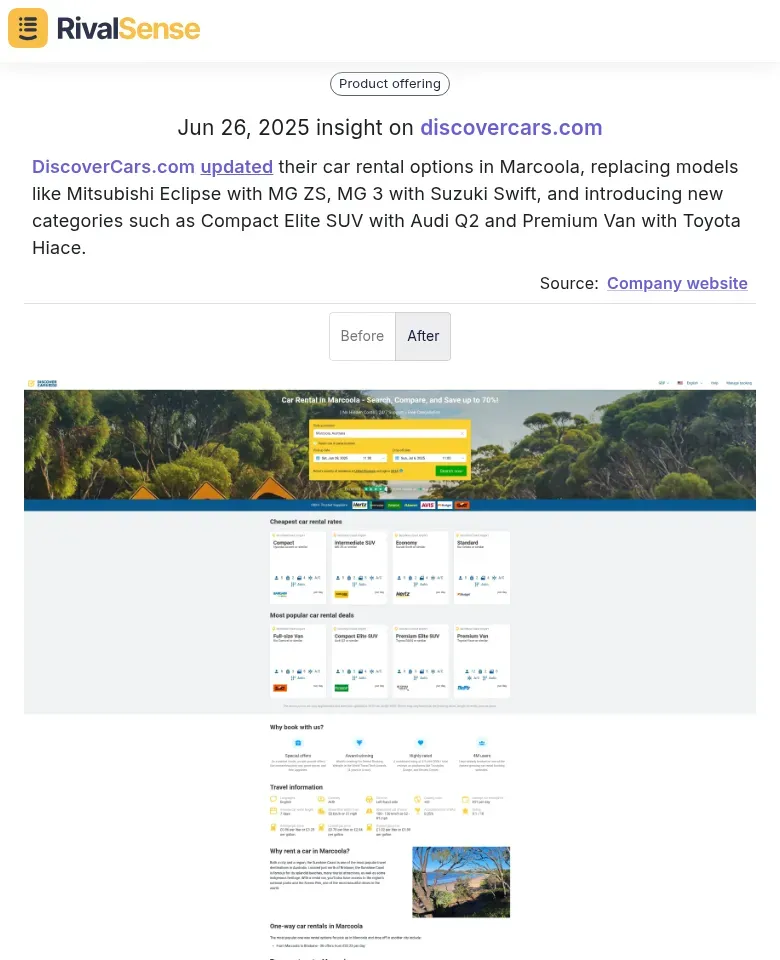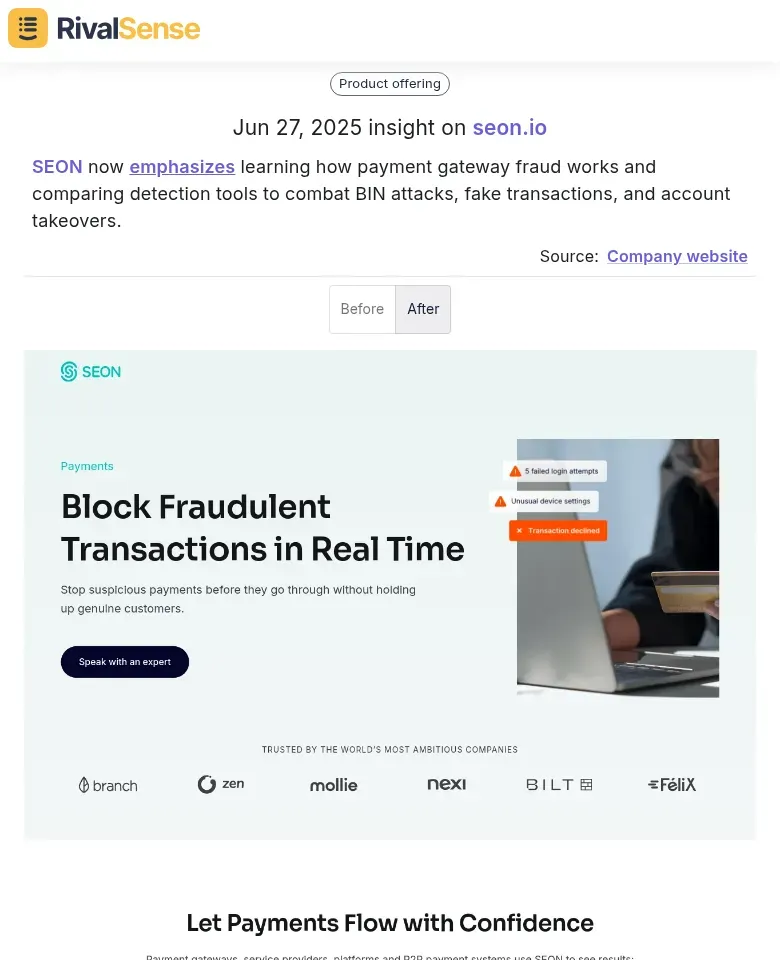How to Analyze Competitor SEO Strategies: A Step-by-Step Guide
In today's digital landscape, understanding your competitors' SEO strategies is not just beneficial—it's essential for staying ahead. With the right approach, you can uncover valuable insights that inform your own SEO efforts, helping you outperform rivals in search rankings. Here’s a comprehensive guide packed with practical steps to elevate your competitive analysis game.
Why Competitor SEO Analysis Matters
Competitor SEO analysis allows you to decode the secrets behind your rivals' search engine success. By examining their strategies, you identify gaps in your approach, discover new opportunities, and refine tactics for sustainable growth. For B2B leaders, this intelligence directly impacts market positioning and resource allocation.
Step 1: Identify Your SEO Competitors
Begin by pinpointing businesses ranking for your target keywords. Not all market competitors compete in search, so focus on those dominating SERPs. Tools like RivalSense help track these players by monitoring their digital footprint across 80+ sources.
Categorize them into:
- Direct Competitors: Businesses offering similar solutions to your audience.
- Indirect Competitors: Companies targeting similar users with different offerings.
Tip: Automate tracking with RivalSense’s weekly reports to save 5+ hours monthly.
Step 2: Analyze Their Keyword Strategy
Keywords reveal your competitors' strategic priorities and audience targeting. Analyze their portfolio to uncover high-value terms you might overlook. Focus on:
- Top-ranking keywords and their difficulty
- Long-tail opportunities
- Semantic variations
Practical Step: Compare keyword gaps using a spreadsheet. Prioritize low-competition, high-intent terms.
Step 3: Examine Their Backlink Profile
Backlinks remain SEO currency, signaling domain authority. Scrutinize competitors' link sources to:
- Identify authoritative referral domains
- Uncover partnership or guest post opportunities
- Reverse-engineer their acquisition tactics
Tool Suggestion: Use Ahrefs or Moz for backlink audits.
Step 4: Evaluate Their On-Page SEO
On-page elements directly impact rankings and user experience. Inspect:
- Title/Meta Optimization: Keyword placement and CTR potential
- Content Freshness: Update frequency and depth
- Internal Linking: Silo structure and anchor text distribution
Example: When DiscoverCars.com updated vehicle listings in Marcoola (replacing models, adding new categories), they improved content relevance—a key ranking factor. Tracking such on-page changes helps anticipate SERP shifts.
Checklist: Audit your pages against competitors using Screaming Frog.
Step 5: Assess Their Content Marketing Strategy
Content fuels SEO growth. Analyze competitors to:
- Identify high-performing topics/formats (e.g., guides, videos)
- Gauge engagement through shares/comments
- Spot underserved content gaps
Example: SEON’s focus on payment gateway fraud content targets commercial intent keywords. Such strategic topic shifts reveal emerging keyword battlegrounds.
Actionable Tip: Create 10x content on topics competitors cover superficially.
Step 6: Monitor Their Technical SEO
Technical health underpins visibility. Check:
- Core Web Vitals scores
- Mobile responsiveness
- XML sitemap coverage
Tool Recommendation: Run Lighthouse audits monthly.
Step 7: Track Their Social & Off-Page Signals
Off-page activities amplify SEO efforts. Monitor:
- Social engagement patterns
- Brand mentions (earned media)
- Local citations for geo-targeted queries
Example: Cyberint’s CPO joining the Cyber Threat Alliance generated authoritative backlinks—showcasing how executive moves impact off-page SEO.
Pro Tip: Use RivalSense to auto-track media mentions and partnerships.
Step 8: Conduct SWOT Analysis
Synthesize findings into actionable insights:
| Strength | Weakness | Opportunity | Threat |
|---|---|---|---|
| Their top-performing content | Thin affiliate pages | Untapped long-tail keywords | Aggressive backlink building |
Turning Insights into Action
Prioritize quick wins first—like optimizing underperforming pages or building links from unclaimed referral sources. Implement a 30-60-90 day plan:
- Month 1: Target 3-5 high-impact keyword gaps
- Month 2: Acquire 10+ quality backlinks
- Month 3: Overhaul technical bottlenecks
Final Thoughts
Consistent competitor SEO analysis prevents costly strategic blindspots. With tools like RivalSense—tracking product updates, content shifts, and leadership moves—you transform raw data into actionable advantage.
Ready to decode competitors’ SEO playbooks?
Try RivalSense Free and get your first competitor report today—no credit card needed.
📚 Read more
👉 Mastering Competitor Roadmaps: Advanced Tactics for Baby Goods Wholesalers
👉 How Nomad's Bahrain eSIM Update Spurred Competitor Strategy
👉 Predictive Analysis: Facebook Insights for Market Research Edge
👉 Decoding Competitor Pricing in Social Analytics: Advanced Tactics for Strategic Advantage
👉 Competitor Product Insights: Monitoring Threats Effectively



